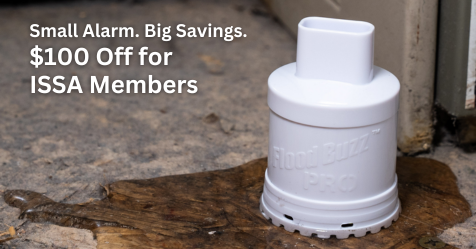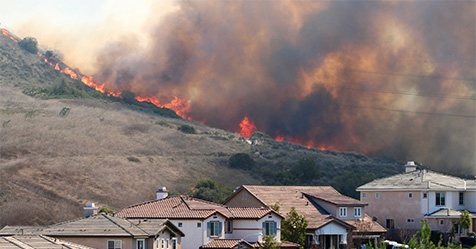Facilities Need to Consider Air Quality to Protect Residents From COVID-19
Cleaning is just part of the battle in eliminating the spread of the coronavirus
Coronavirus information keeps evolving, but the fear to contract it continues to be unchartered territory for many people. Several reports and studies in the early months of the pandemic showed that COVID-19 could live on plastic and steel surfaces for up to three days. This caused many people to disinfect everything and many cleaning supplies were sold out across the country. Since then research evidence has shown that human-to-human transmission is the primary source of infection. According to a microbiologist and environment engineer, in addition to cleaning, facility managers need to pay more attention to improving the quality of air in public buildings including schools and workplaces, PBS News Hour reports.
Emmanuel Goldman, a microbiologist at Rutgers New Jersey Medical School, published an article in the July issue of The Lancet arguing that early studies exaggerated the amount of virus that could actually be found on surfaces in the real world. He said a complete plan of attack against the coronavirus should include not only cleaning, but also frequent handwashing and an examination of building ventilation systems.
Shelly Miller, environment engineer at the University of Colorado Boulder, agreed with Goldman that ventilation systems should be improved as part of a building’s routine. “Buildings should already be replacing the inside air with outside air three times an hour and with coronavirus that should be doubled—six per hour and ideally nine per hour.”
Miller studies the way pollutants and infectious diseases spread in indoor spaces. Over the summer, she helped her own university prepare for reopening this fall. She said there needs to be control of the source of the contaminants, which are mainly infectious people. “To control the release of the virus, you want to wear a mask, and also be outside of their personal cloud. But some of the virus can potentially leak into the environment, and then you have to clean the environment. And the way to do that is the filtration and ventilation.”
Miller and some of her colleagues said the U.S. Centers for Disease Control and Prevention (CDC) and the World Health Organization need to have clearer guidance on preventing airborne transmission.
Learn how to help prevent the spread of SARS-CoV-2 in the air at schools by following HVAC maintenance tips.


